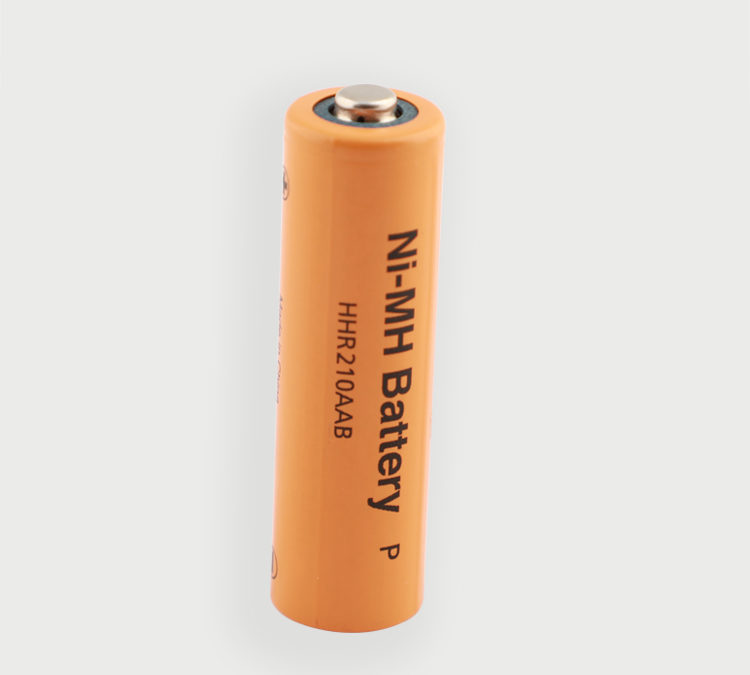The Ni-MH battery is a composite of hydrogen ions and metallic nickel, which has 30% more power reserve than Ni-Cd batteries, is lighter than Ni-Cd batteries, has a longer service life and is non-polluting to the environment. the disadvantage of the Ni-MH battery is that it is much more expensive than Ni-Cd batteries and has a worse performance than Li-ion batteries.
Ni-MH battery charging
When charging quickly, the microcomputer in the charger can be used to avoid overcharging the battery. Today’s Ni-MH batteries contain a catalyst, which can remove the risk of overcharging in time. 2H2+O2 – catalyst -> 2H2O, but this reaction is only valid for C/10 hours from the start of the overcharge (C=capacity of the battery). When the charging procedure starts, the temperature of the battery rises significantly and some rush chargers (less than 1 hour) include a fan to avoid overheating the battery.
Some manufacturers believe that it is safe to charge Ni-MH batteries with or without a timer using simple constant current (and low current) chargers that allow a long charge current of C/10h (the nominal charge of the battery divided by 10 hours). In fact, some inexpensive cordless phone base stations and the cheapest battery chargers work exactly this way. Although this may be safe, it can have a negative effect on the life of the battery. According to Panasonic’s Ni-MH battery charging guide (link at the bottom of the page), long-term trickle charging (charging at a very low current for a long time) may lead to battery damage; to prevent damage to the battery, trickle charging should be limited to between 0.033 x C per hour and 0.05 x C per hour, with a maximum charge time of 20 hours.
For long-term maintenance of Ni-MH batteries, a low-frequency pulse-high-current charging method is better than a trickle-charging method to maintain good battery condition.
Newly purchased Ni-MH batteries, or those that have not been used for a long time, need a period of “activation” to recharge the battery. Therefore, some new Ni-MH batteries require several charge-discharge cycles before they reach their nominal charge level.
Discharging Ni-MH batteries
Care must also be taken during the use of the batteries. With several batteries connected in series (e.g. the usual arrangement of 4 AA batteries in a digital camera), it is important to avoid completely draining the batteries and thus “Reversecharging”. This can cause irreversible damage to the battery. However, often these devices (such as the digital cameras mentioned earlier) can detect the discharge voltage of a series battery and automatically switch off when it drops to a certain level in order to protect the battery. A single battery is not in danger of this, but will just keep discharging until the voltage reaches 0. This is not damaging to the battery, in fact it is beneficial to maintain the capacity and quality of the battery by discharging it periodically and then recharging it.
Ni-MH batteries have a high self-discharge effect of around 30% or more per month. This is higher than the 20% per month self-discharge rate of Ni-Cd batteries. The higher the battery is charged, the higher the self-discharge rate; when the charge drops to a certain level, the self-discharge rate drops slightly again. The temperature at which the battery is stored has a very significant effect on the self-discharge rate. For this reason, Ni-MH batteries that have not been used for a long time should preferably be charged to 40% “half full”.
Low self-discharge Ni-MH batteries were introduced to the market in 2005 and the manufacturer claims that they can be stored at room temperature at 20°C for a year and still retain between 70% and 85% of their charge, and that they can be recharged with a normal Ni-MH battery charger. Some low self-discharge Ni-MH batteries have better discharge characteristics at low temperatures than alkaline and lithium-ion batteries.
